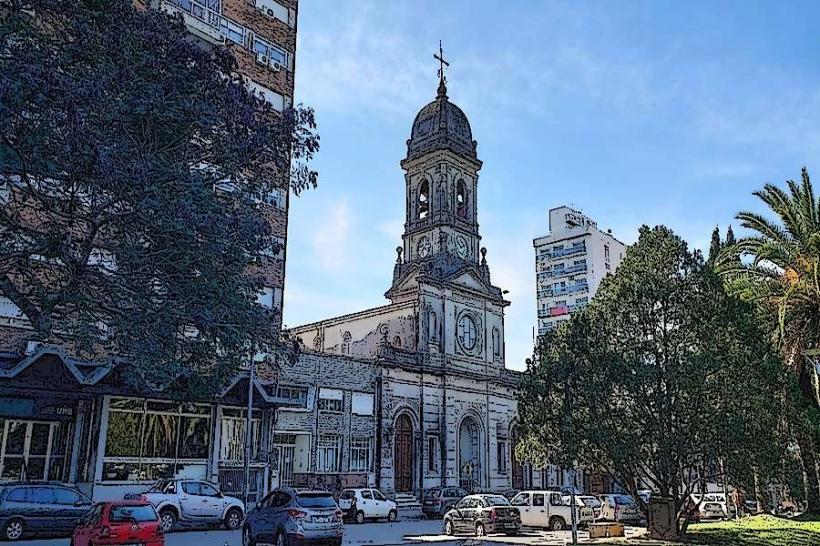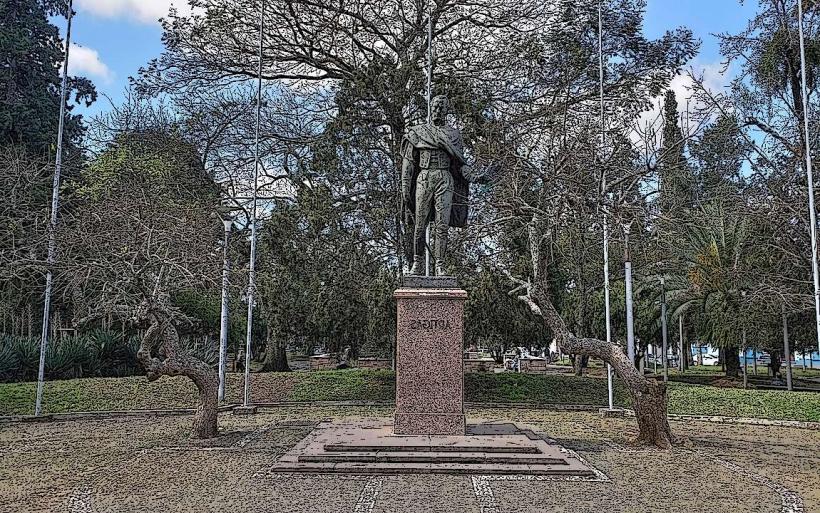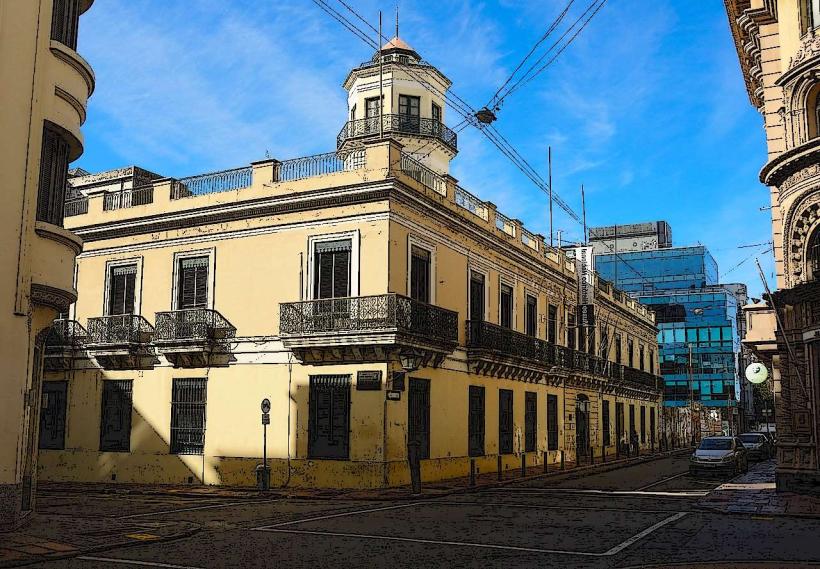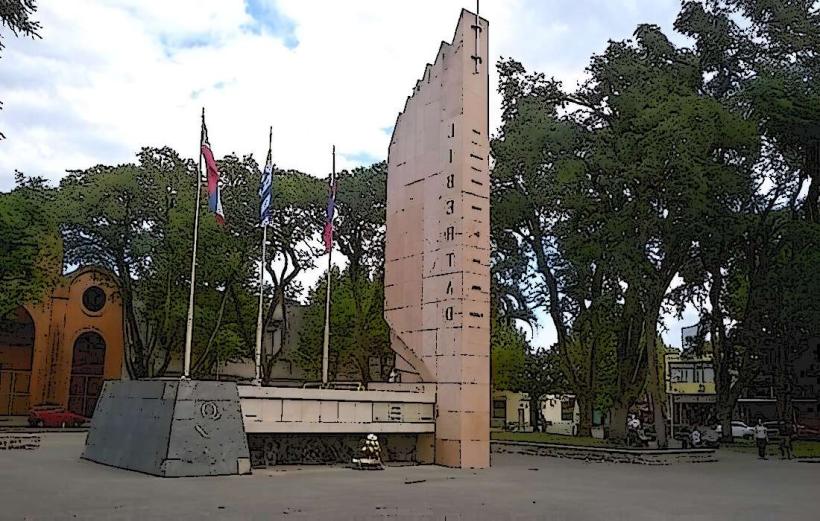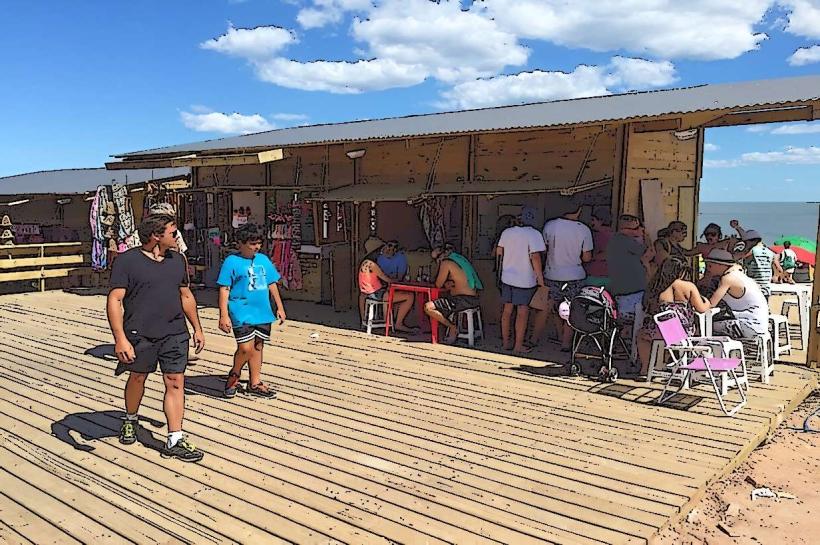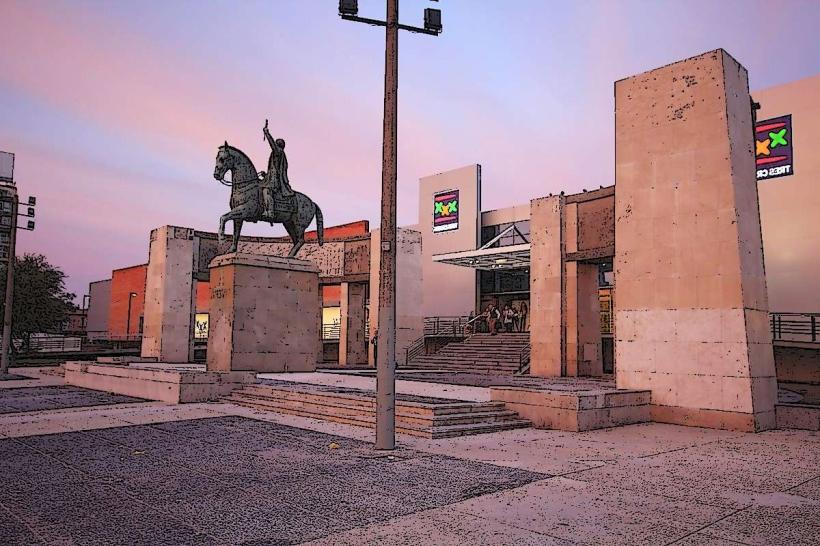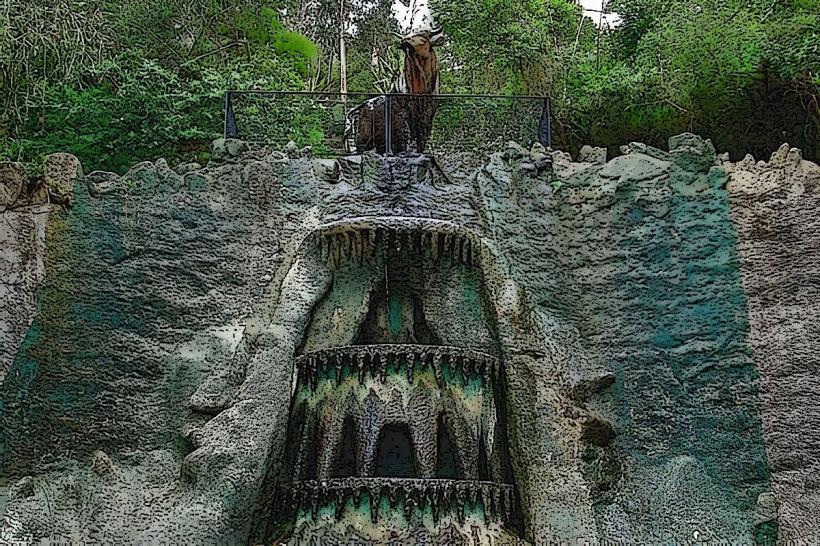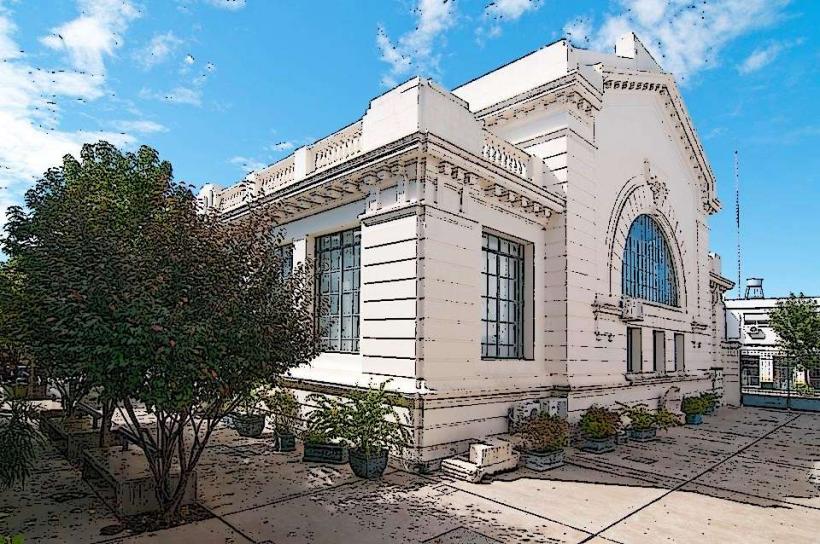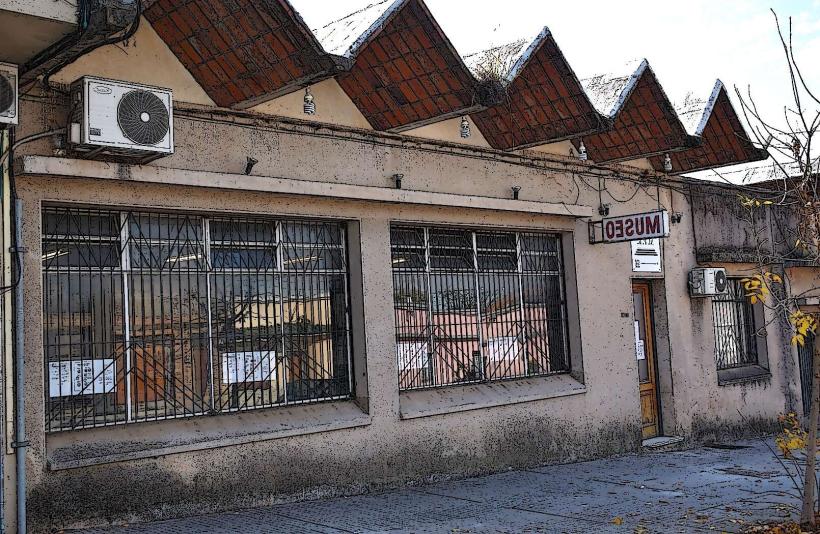Information
City: Cerro LargoCountry: Uruguay
Continent: South America
Cerro Largo, Uruguay, South America
Cerro Largo is a department located in the northeastern region of Uruguay. Known for its rich history, agricultural landscape, and natural beauty, it is one of the country's most important departments in terms of agriculture, particularly in livestock farming and crop cultivation. The department’s name, "Cerro Largo," translates to "Long Hill," referring to the area's hilly terrain, which is a defining feature of its landscape. Below is a detailed overview of Cerro Largo:
1. Geography and Location:
- Location: Cerro Largo is located in the northeastern part of Uruguay, bordering Brazil to the north and east, and the departments of Tacuarembó to the south, Durazno to the southwest, and Treinta y Tres to the southeast.
- Area: The department spans approximately 15,000 square kilometers (around 5,800 square miles), making it one of the larger departments in Uruguay.
- Topography: The region is characterized by rolling hills, prairies, and forested areas, with notable mountains and rivers. The department is part of the Sierra de los Caracoles, a mountain range running through its northern region.
- Rivers and Waterways: The Ciri Grande and Yí rivers flow through the department, contributing to the region’s agricultural irrigation and supporting local wildlife. The Ciri Grande River is also important for the region’s natural environment.
- Climate: Cerro Largo has a humid subtropical climate with distinct seasons. Winters are mild, while summers can be hot and humid, making the department ideal for agricultural production. Rainfall is distributed fairly evenly throughout the year.
2. History:
- Early History: The area now known as Cerro Largo was originally inhabited by the Charrúa people, who were the indigenous group of Uruguay. The first European settlers arrived in the early 18th century, primarily Spanish colonists.
- Colonial Era: During colonial times, the area was sparsely populated and focused on farming and livestock, which later became the foundation of the region’s economy.
- Post-Independence: After Uruguay gained independence from Spain in 1825, Cerro Largo became a key area for livestock farming, which shaped its economy. The department also played a significant role in the Guerra Grande (Great War), a conflict between the Colorado and Blanco parties, which was fought in the mid-19th century. Cerro Largo's geographic location made it a strategic point during this period.
3. Economy:
- Agriculture: Agriculture is the backbone of Cerro Largo's economy. The department is known for its livestock farming, particularly beef cattle, dairy farming, and sheep. Wheat, corn, and soybeans are also important crops grown in the region, benefiting from the fertile soil and favorable climate.
- Livestock: Cattle ranching is particularly important, with Cerro Largo being one of Uruguay’s leading departments in terms of beef production. The region's vast prairies and grasslands provide ideal grazing conditions for cattle.
- Forestry and Wood Products: The department also has a growing forestry sector, particularly eucalyptus and pine plantations, which are used for paper production, timber, and wood products.
- Mining: While not a major industry, there is some mineral extraction, primarily focused on sand and gravel for construction purposes.
- Trade with Brazil: Due to its proximity to Brazil, cross-border trade is significant in Cerro Largo. The department has trade routes connecting to the Brazilian state of Rio Grande do Sul, enhancing its economic integration with Brazil, particularly in agricultural goods.
4. Attractions and Tourism:
- Natural Beauty: Cerro Largo offers a range of natural attractions that appeal to visitors seeking outdoor activities. The Sierra de los Caracoles, a series of hills and forests, provides excellent hiking opportunities, as well as scenic views of the region’s varied terrain.
- Cerro Chato: Cerro Chato is one of the most notable natural landmarks in the department. It is a hill that offers spectacular views and is a popular spot for those who enjoy hiking and outdoor activities.
- Cultural Heritage: The department has several historical landmarks, including colonial-era churches, and sites that reflect its 19th-century history. Towns like Melo, the capital of Cerro Largo, feature museums and historical buildings, offering insights into the region's past.
- Termas de Arapey: Although not directly in Cerro Largo, the Arapey Hot Springs, located in the nearby Salto Department, is a popular destination for tourists visiting the area. These natural thermal baths attract those seeking relaxation and wellness tourism.
- Wildlife: The department is home to a variety of wildlife, including birds, deer, and other small mammals. It is a popular region for birdwatching, as many migratory species pass through the area.
5. Culture and Lifestyle:
- Rural Traditions: Cerro Largo is deeply rooted in rural culture. Traditional practices such as rodeo, gaucho culture, and folkloric music are important aspects of the local lifestyle. The people of Cerro Largo take pride in their agricultural heritage, and local festivals often celebrate the region’s ranching and livestock traditions.
- Festivals: The region hosts several cultural festivals throughout the year, with folk music and dance playing an essential role. The department's **traditional "Fiestas de la Patria Gaucha" highlight the historical importance of the gaucho (cowboy) culture, a central part of Uruguay's identity.
- Cuisine: The cuisine of Cerro Largo is centered on meat-based dishes, with asado (barbecue), empanadas, and milanesas (breaded meat cutlets) being staples. The influence of Brazilian cuisine is also apparent in certain areas, particularly with the incorporation of grilled meats and rice-based dishes.
- Language: Spanish is the primary language spoken in Cerro Largo, although there is some influence from Portuguese due to its proximity to Brazil. Many locals have cross-border interactions with Brazilian communities, which enhances the bilingual and multicultural environment of the area.
6. Transportation and Accessibility:
- By Road: Cerro Largo is well-connected by road to other parts of Uruguay. Ruta 26 runs through the department, linking it to Treinta y Tres to the southeast and Durazno to the southwest. The Ruta 8 connects it to Tacuarembó and Montevideo, making the region accessible for travelers.
- By Bus: Cerro Largo has a network of bus services that connect it to other cities and towns in Uruguay. Melo, the department's capital, serves as a hub for bus travel within the region.
- By Air: The department does not have a major airport, but Melo has a small airfield for private flights and smaller aircraft. For international and domestic commercial flights, travelers typically head to Montevideo or Salto.
- By Rail: There is limited rail infrastructure in Cerro Largo, with rail services primarily focused on transporting agricultural products to other parts of Uruguay and Brazil.
7. Environmental Issues:
- Deforestation and Land Use: Like many other agricultural regions, Cerro Largo faces issues related to deforestation and the sustainable management of natural resources. There is a balance to be struck between agricultural expansion and the preservation of the region’s native forests.
- Water Resources: The Ciri Grande and Yí rivers are vital for agriculture, and maintaining the health of these water resources is crucial for the local economy. Water management is a growing concern, particularly with the increasing demand for water in farming and livestock operations.
8. Demographics:
- Population: Cerro Largo has a population of around 100,000 people. The population is primarily rural, with small towns and villages scattered across the department. Melo, the capital, is the largest urban area, with the highest concentration of people and services.
- Rural Communities: Many people in Cerro Largo live in rural communities and are directly involved in farming or ranching. The department maintains a close-knit, agricultural lifestyle, with strong ties to Uruguay’s gaucho (cowboy) traditions.
9. Summary:
Cerro Largo is a department rich in agricultural heritage, natural beauty, and cultural traditions. Its economy revolves around livestock farming, crop production, and cross-border trade with Brazil, which influences much of the department's lifestyle and culture. The region’s scenic landscapes, including rolling hills and rivers, provide ample opportunities for outdoor activities like hiking and birdwatching. Cerro Largo also has a deep connection to Uruguay's gaucho culture, which is celebrated through festivals, music, and cuisine. Although it is a primarily rural area, the department's strategic location and agricultural importance make it an essential part of Uruguay's economic and cultural fabric.



